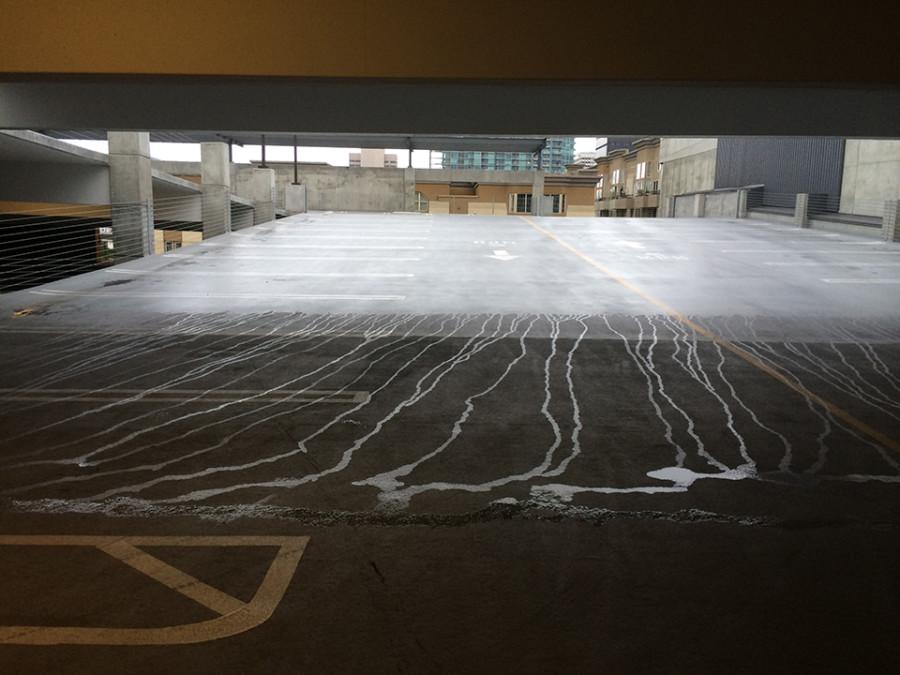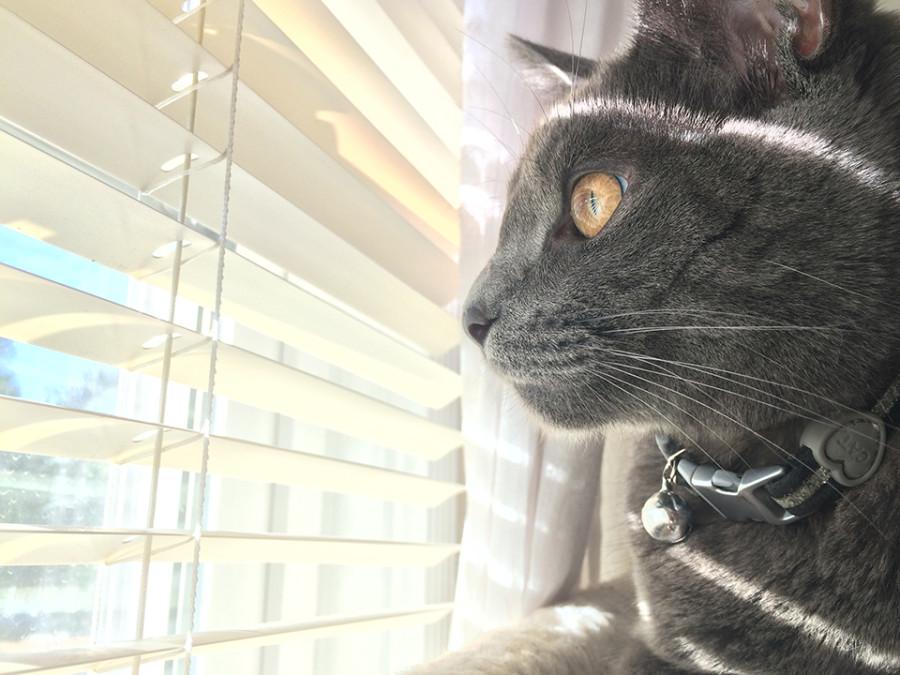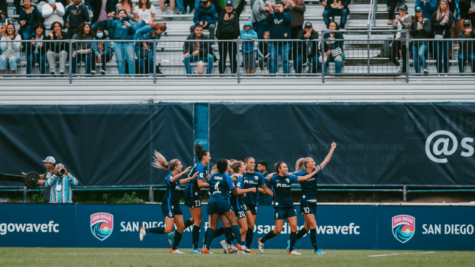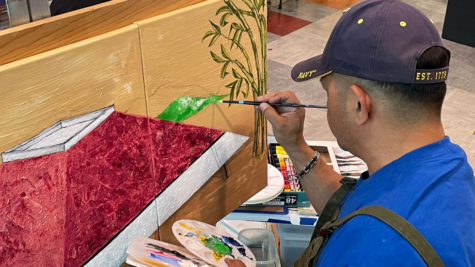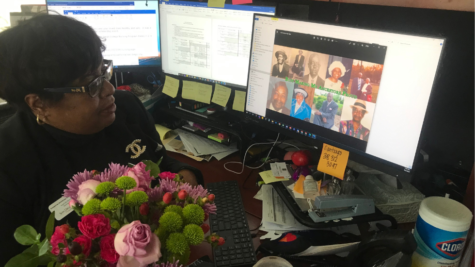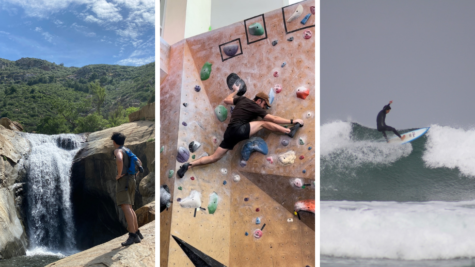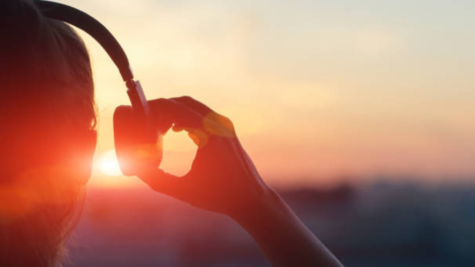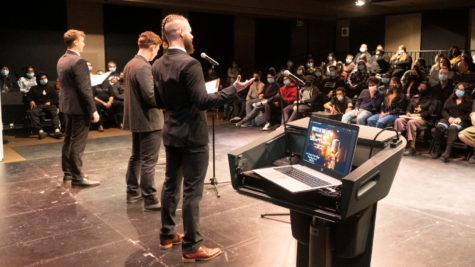Smartphonetography: How to Get the Best Shot With the Camera You’ve Got
May 14, 2014
The first digital camera was developed by Eastman Kodak in 1975. It weighed about 7 pounds, required 16 batteries to run and took 23 seconds to expose an image. Luckily for today’s consumer, technology has advanced to the point that cameras with significantly more technology and ability can be carried around in our pockets.
With prominent social networks completely dedicated to the sharing of photos, photography has become a part of every day life. Unfortunately, while the devices we use to take them are undoubtedly handy, they still have their shortcomings. A skilled hand can massage some truly staggering photos from them, but if you can’t recognize the strengths and weaknesses of your device, you may end up capturing a once-in-a-lifetime moment in a less than spectacular fashion.
Camera
One of the first applications anyone uses on their phone is the camera app. Whether the stock camera app that came with your phone provides the level of control that you require is for you to determine. In practice, the iPhone’s camera app is one of the best out-of-the-box systems, boasting one of the simplest, though it misses out on some of the fun features employed by the Android manufacturers and their custom camera software. Even if you’re content with what’s included, keep in mind that there are wonderful alternatives in both the iOS and Android ecosystems, ranging in features, design and price.
The ability to lock the focus and features is essential, regardless of the app. Dynamic control of the focus and exposure will help you maximize the capabilities of whatever device, system or app you’re using.
Highs and Lows
It’s important to understand where your phone’s camera excels and where it falls short.
Photography at its core is all about light. How your phone responds to light or the lack of it is down to the optics (lens) and sensor. If there’s enough light, your images will be crisp, naturally colored and clean. If the amount of available light is lower than your device can work with, the images can and will become noisy, blotchy and generally unusable. Test your phone in different lighting scenarios, like different times of the day, and work out what is the minimum amount of light that your phone can work with before the image starts to look noisy.
Composition
One of the most boring photos anyone can take is a shot where the subject is in the middle of the frame. The way you frame a subject is very important; it tells as much of a story as your subject does. Many camera apps have the option for what is referred to as a “Rule of Thirds” grid. This is a means of dividing the image into a 3-by-3 grid. Using the grid to align elements in the photo, such as the horizon or other features, gives the photo a flow, a path where the viewer’s eyes can walk through your image.
The Rule of Thirds isn’t the be-all or end-all of composition, but more like training wheels. It’s a starting point. As you get more and more comfortable with composition, feel free to wander out of the rigidness of that structure and begin to create your own style.
Apps
HDR Pro
High Dynamic Range imaging is something that is typically done using a DSLR camera. Pro HDR is an app that exists in both the iOS and Android ecosystems ($1.99 in each App Store; the iOS App Store also has a free version). This app takes a slightly steady hand as it takes upwards of two shots ( iOS version: two shots, Android version: three) to capture the dynamic range, but the effect is definitely worth the patience.
Snapseed
One of the most powerful editing apps on any App Store (free for both iOS and Android), Snapseed has the features you’d expect of a photo editor, but the approach is unique. “Selective Adjust” allows for precise adjustments to the brightness, contrast and saturation of specific areas. This filter operates through a “control point” system, allowing you to select a specific color and make the adjustments that you want. Snapseed’s myriad tools and intuitive and fluid interface make for a unique and powerful editing experience. No matter what your style or skill level, Snapseed has a place on your phone.
Camera Awesome
An app available in both the iOS and Android app stores (free in Apple’s and $2.99 in Android’s), Camera Awesome gives you the option of not only locking the two, but splitting them. Generally, when you tap on the screen of a smartphone’s camera, the phone highlights the area and focuses and exposes for that spot. Camera Awesome allows you to split that point into two — one for focus and one for exposure — meaning you could take a picture of someone at sunset and the resulting photo would be perfectly sharp and silhouetted and the sunset would also be exposed nicely.
VSCO Cam
VSCO Cam wades into the app battle as a double threat. Not only is it one of the best entrants into the filter-based editing programs, it is also a simple and powerful camera program. Lets face it, Instagram’s filters are terrible. When the app first hit the scene, the filters made everything look retro and cool, but the filters haven’t aged well. VSCO Cam (available in both the iOS and Android stores for free) changes the paradigm. What differentiates VSCO from Instagram isn’t just the sheer number of filters, but the ability to control the effect’s intensity. This, coupled with VSCO’s editing tools such as saturation and white balance, makes fine-tuning your photo quick and easy. On top of being able to edit photos taken outside of the app, it also features a camera capable of splitting and locking the focus and exposure points, allowing for a lot of artistic flexibility. If you’re getting tired of Instagram’s filters, try VSCO Cam on for size.
Other Information:
Megapixels — A term coined in 1965, “pixel” is a conjoined word meaning “Picture Element.” Megapixel means 1 million pixels, an 5-megapixel camera has 5 million pixels capturing the scene.
Exposure — When shooting photos, your exposure is how long your shutter remains open. When you tap an area on your camera, the software determines how much available light there is, how long it needs to record the scene, and how sensitive it needs to make the sensor in order to capture it as quickly and accurately as possible.
HDR — High Dynamic Range imaging, or HDR, is a technique that incorporates several shots taken at different exposures into a single image. The generated image provides a detailed photograph that has detail in the shadows and highlights (dark and light parts of the image).



